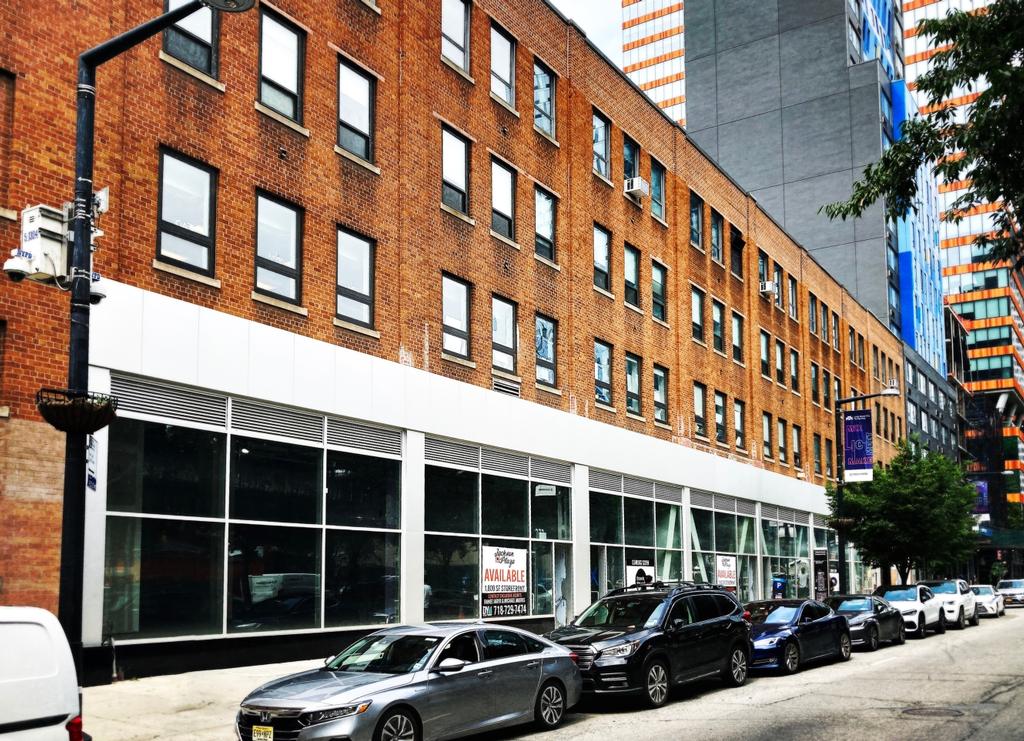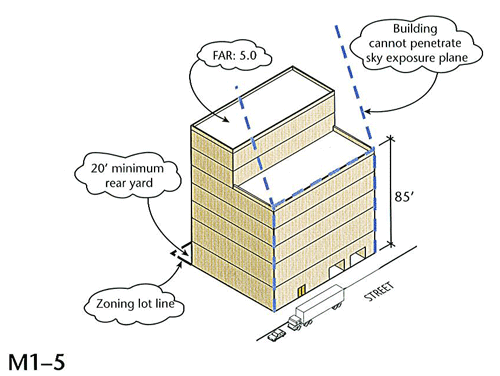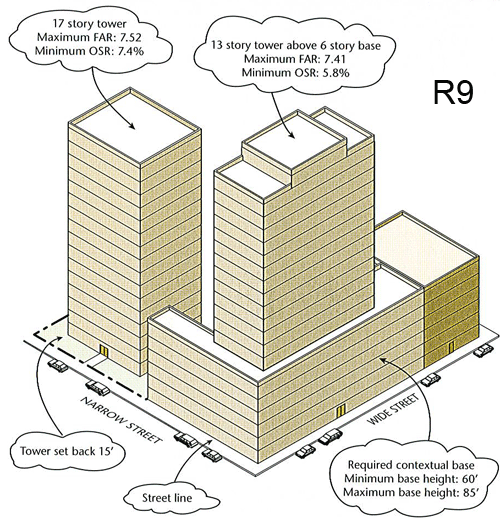Jackson Plaza: LIC Retail For Lease
Property Details
27-35 Jackson Avenue is a four (4) story office and retail building in the epicenter of the Long Island City Queens residential boom. As the neighborhood continues to grow, Long Island City is home to many new and well-established businesses such as Chipotle, Trader Joe's, M. Wells Steakhouse, Aloft Long Island City, Starbucks, and the world renowned MOMA P.S. 1 project, to name a few. Currently the subject property sits on the Jackson Avenue thoroughfare connecting Court Square and Queens Plaza, with tens of thousands of commuters and residents passing by the location daily.
Location
Sq Ft
Financials
Construction
Image Gallery

Documents
Area Profile
Long Island City (LIC) is the westernmost neighborhood of the New York City borough of Queens and is bounded on the north by the Queens neighborhood of Astoria;  on the west by the East River; on the east by Hazen Street, 31st Street, and New Calvary Cemetery; and on the south by Newtown Creek, which separates Queens from Greenpoint, Brooklyn.
on the west by the East River; on the east by Hazen Street, 31st Street, and New Calvary Cemetery; and on the south by Newtown Creek, which separates Queens from Greenpoint, Brooklyn.
This once highly industrialized area has been largely redeveloped over the last few decades to serve more modern uses. It's proximity to Manhattan by subway, bus and ferry, as well as via the Queensboro Bridge and Midtown Tunnel, make LIC a highly desirable location for all manner of uses.
Large sections have been rezoned for residential use, resulting in many luxury condominium towers, particularly along the East River. Gentrification of the neighborhood has resulted in the introduction of fabulous restaurants and shopping along Vernon and Jackson Avenues and MOMA PS1 anchors a vibrant art community. In fact, LIC has among the highest concentration of art galleries, art institutions, and studio space of any neighborhood in all of New York City. Many parks, a beach and other waterfront access provide residents with fabulous recreational opportunities.
 Today, the most prominent building is the 658' Citicorp Tower built in 1989 on Courthouse Square. It is the tallest building on all of Long Island and in any of the New York City boroughs outside Manhattan. Many other businesses and organizations have made LIC the location for their home office, or lease additional back office space in the community.
Today, the most prominent building is the 658' Citicorp Tower built in 1989 on Courthouse Square. It is the tallest building on all of Long Island and in any of the New York City boroughs outside Manhattan. Many other businesses and organizations have made LIC the location for their home office, or lease additional back office space in the community.
Other formerly industrial properties have found new life in a commercial capacity, such as the former Silvercup Bakery which is now home to Silvercup Studios and the former Ford Instrument Company building which has been incorporated into LaGuardia Community College. The neighborhood still boasts a vibrant industrial business community as well, and will for many, many years to come.
Zoning

M1 districts range from the Garment District in Manhattan, with its multistory lofts, to parts of Red Hook and College Point with many one or two-story warehouses studded with loading bays. The M1 district is often a buffer between M2 or M3 districts and adjacent residential or commercial districts.
Light industries typically found in M1 areas include knitting mills, printing plants, woodworking shops, auto storage and repair shops, and wholesale service and storage facilities. In theory, nearly all industries uses can locate in M1 areas if they meet the more stringent M1 performance standards. Offices and most retail uses are also permitted. Certain community facilities, such as hospitals, are allowed in M1 districts only by special permit, but houses of worship are allowed as-of-right.
Floor area ratios in M1 districts range from 1.0 to 10.0 and building height and setbacks are controlled by sky exposure planes which may be penetrated by towers in certain districts. New industrial buildings are usually low-rise structures that fit within sky exposure planes. Except along district boundaries, no side yards are required. Rear yards at least 20 feet deep are usually required, except within 100 feet of a corner.
In M1-5 zoned districts, parking is not required. The maximum FAR is 5.0. Although new industrial buildings are usually low-rise structures that fit within sky exposure planes, commercial and community facility buildings can be constructed as towers.

In R9 districts new buildings can be developed under height factor regulations or the optional Quality Housing. Most R9 height factor buildings are developed pursuant to the tower rules, which are applicable only in the city's highest density areas, including R9 districts and commercial districts with an R9 residential district equivalent (C1-8, C2-7 and C6-3).
The floor area ratio (FAR) for height factor/tower buildings in R9 districts ranges from 0.99 to 7.52 and the open space ratio (OSR) from 1.0 to 9.0. As in other height factor districts, a taller building can usually be developed by providing more open space. Under the tower rules, however, buildings on both wide and narrow streets are permitted to penetrate the sky exposure plane.
Buildings that front on a wide street must have a contextual street wall base of 60 to 85 feet with a tower above (tower-on-a-base). The height of the tower is controlled by a minimum lot coverage requirement and a rule that at least 55% of the floor area on the zoning lot be located below a height of 150 feet. For buildings with only narrow street frontage, a contextual base is not required and towers are permitted provided they are set back from the street line at least 15 feet.
Parking is generally not required for any development in the Manhattan Core. Elsewhere, parking is required for 40% of dwelling units.
